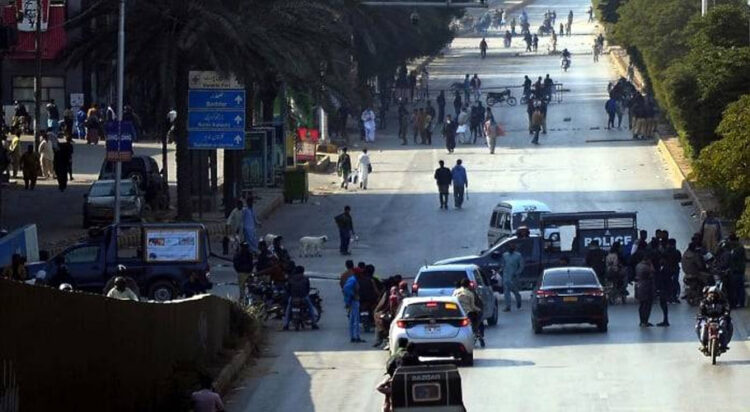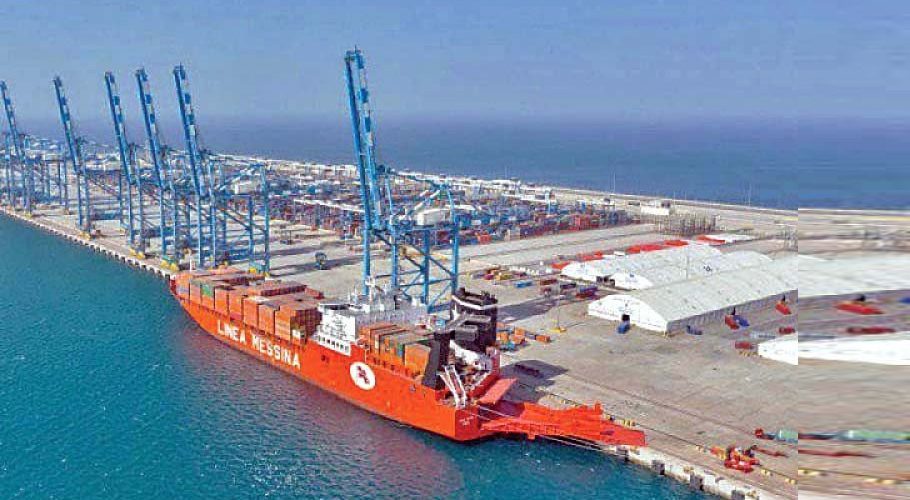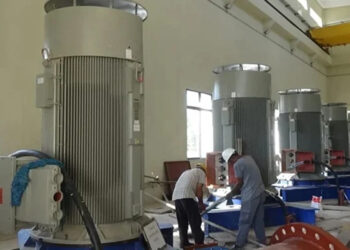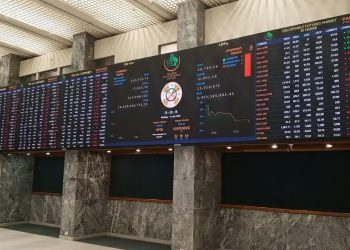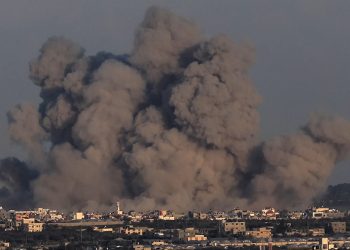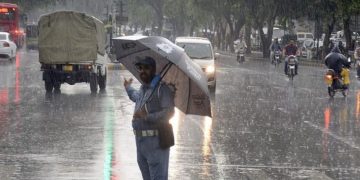The sit-in protests that paralyzed Karachi for eight consecutive days came to an end on Tuesday, following a police crackdown to disperse the demonstrators.
The protests were organized in solidarity with the victims of Kurram district, where over 130 people lost their lives due to a lack of medical access.
The protests had caused major disruptions across the city, with key roads blocked by demonstrators, leading to severe traffic congestion. At Abbas Town, tensions escalated as police used heavy tear gas shelling and aerial firing to disperse the protesters. Clashes broke out as both police and demonstrators threw stones, turning the area into a battlefield.
Authorities managed to dismantle protest camps at various locations, including Surjani KDA Flats, Gulistan-e-Jauhar, and Five Star Chowrangi. Karachi’s traffic police confirmed that major roads, such as Nawab Siddique Ali Khan Road, Numaish Chowrangi, Ayesha Manzil, Sohrab Goth, and Shahrah-e-Pakistan, were reopened for commuters.
Earlier protests had caused complete blockages on key routes, including Shahrah-e-Faisal, Golimar, North Karachi Power House Chowrangi, and University Road. However, authorities successfully cleared the Natha Khan Bridge on Shahrah-e-Faisal and other critical routes by Monday.
The eight-day-long protests shed light on the dire situation in Kurram district, where residents are in urgent need of medical facilities, drawing significant attention to their plight.







